What Happened to the Game We Loved? How the League Lost Its Flavor — And Why Fans Miss the Chaos of the 2000s
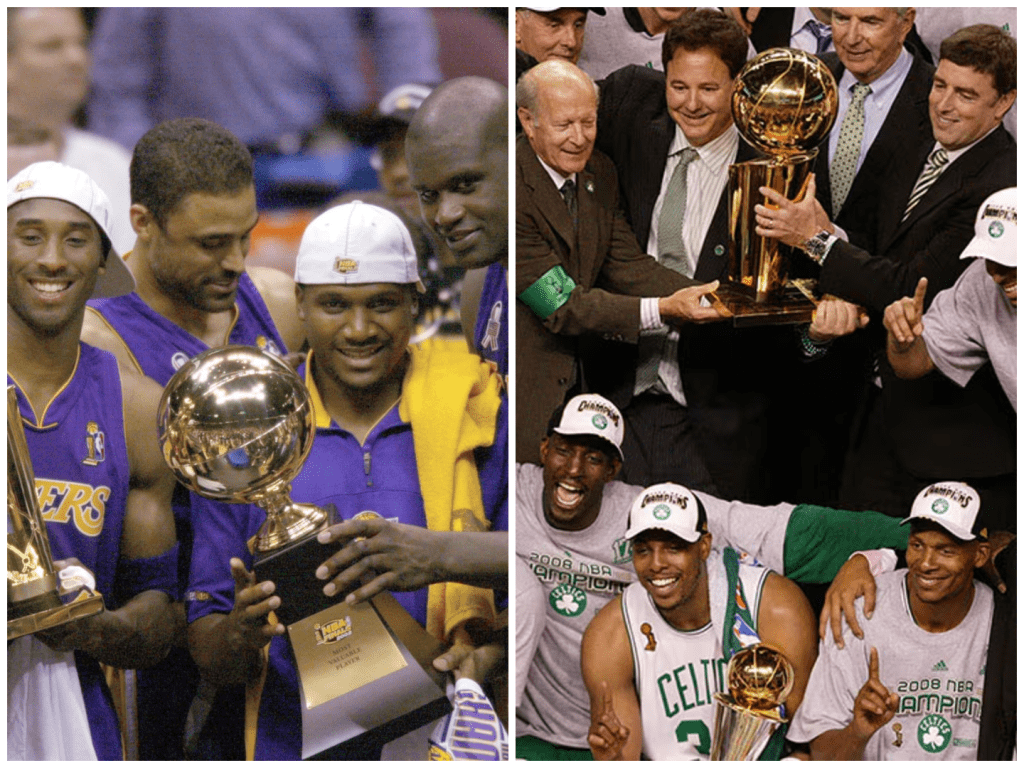
There’s a quiet ache in the hearts of long-time NBA fans, a kind of restlessness that comes from noticing something has changed—and not entirely for the better. Sit with this feeling for a moment: you turn on a modern NBA game, it all looks sharp, the production value is immaculate, the players are at the peak of skill, and the basketball in isolation is still breathtaking. But something intangible is missing. The soul feels muted. The game is clean, it’s polished—but it’s a little safe. A little too perfect. What happened to the chaos? What happened to the color, the character, the moments that felt raw and unpredictable?
I remember nights in the 1990s and early 2000s—when every timeout felt like an invitation to step into a personality circus. There was Vince Carter’s 360 dunk in 2000, a moment that exploded across living rooms and made us question gravity itself. There was the Raptors wearing that fierce dinosaur logo, punchy purple uniforms, and an identity nobody could ignore. There was the Orlando Magic’s star-and-ball cursive logo, bold in its optimism. Every team, from Minnesota’s timberwolf with its piercing eyes to the 76ers’ flying gold basketball, mattered in the visual tapestry of the league. The logos were loud, the arenas were alive, even the production had personality—cheeky theme music, dedicated fan cams, and bright lights making everything feel like an event.
Back then, a night without moments of oddity, boldness, humor, or flair felt empty. Sure, every season had its champions and its dynasties. But every season also had its clown plays, its mustache-twirlers, its quirky sideline characters. A bench ritual might go viral. A mascot dance-off might get more coverage than a buzzer-beater. And fans watched it not just for the statistics, but for the spirit. The spirit was not just in the players—but everywhere else: in visuals, in broadcast voice, in the way the game was framed. It was theater.
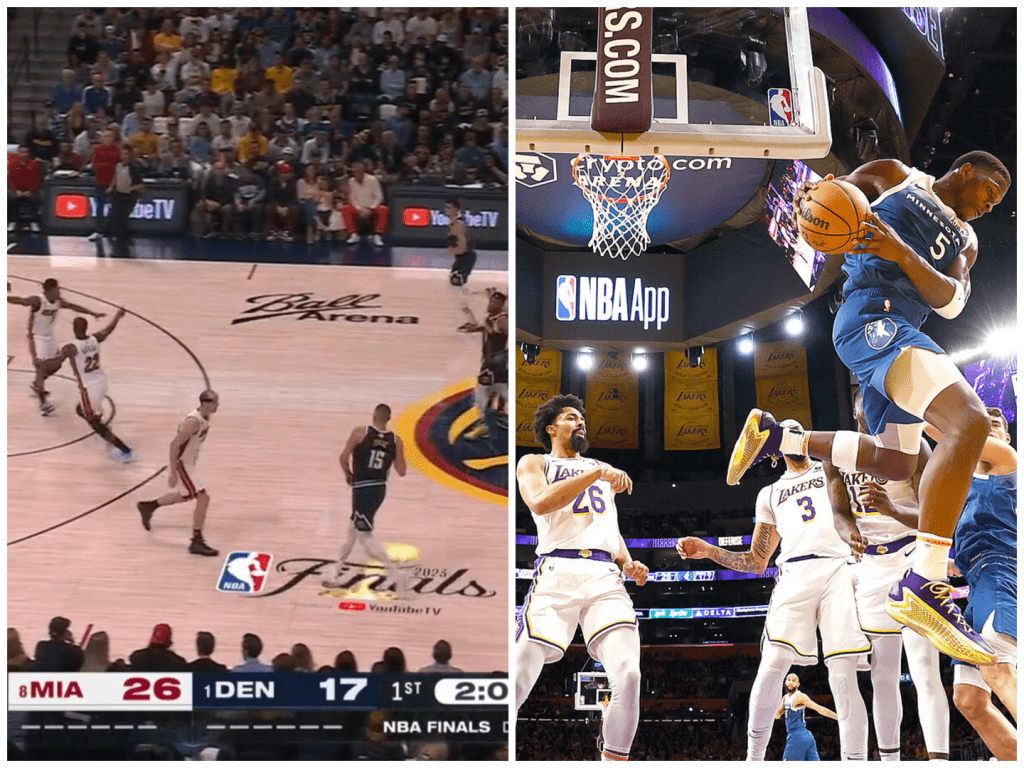
Fast forward to today. The broadcast is bright, the graphics sleek, the transitions buttery. And yes, the game is gorgeous—every fadeaway, every cross, every switch. But the moment a break in play comes, you’re greeted by three-point contests on screens, celebrity appearances, scripted fan interactions. The mascots feel out of place, almost like background scenery. The players wear minimalistic jerseys, the court branding is refined to international branding standards, and the color palette is toned down intentionally. The evolution is real—but it also feels deliberate: a move toward universality, away from individualism.
Whenever I scroll Twitter during games now, it’s rare to see memes born directly from an unpredictable moment on the court. It’s Olympic-grade production, but there’s less room for the raw and spontaneous. Occasionally a whistle startles you. Occasionally a bench reaction goes viral—but it’s often edited, framed, teased before the fact. Even fan cams feel like they’re seeking approval—smiling fans, choreographed cheers, sponsor tags in every shot. Everything is beautiful, but something essential has dimmed. The flaws, the humanity, the unplanned bits—that’s where we connected. And that’s where the game stopped feeling like ours.
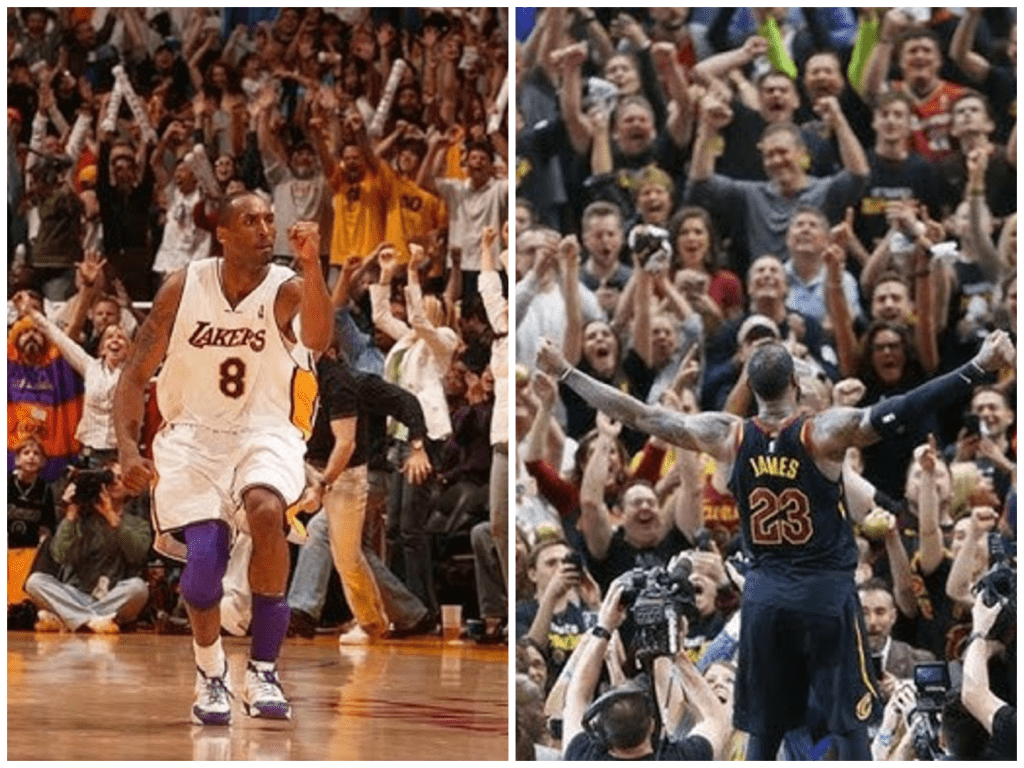
Take a look at logos. The old Raptors dinosaur stood tall, fierce, playful. You couldn’t ignore it. It screamed identity. The Magic’s star-text and lightning bounce felt bold. Fast forward years and logos are sleek circles, flat minimalism, easily slotted into TV guide squares. No texture, no glow, no jagged edges. It isn’t just design; it’s a metaphor for the shift. As the NBA scaled, expanded globally, became corporate-adored—it quietly smoothed out the rough parts, pouring the juice out in the name of refinement.
Think about the commentators too. There was a time when certain announcers had quirks, a bit of edge or controversy or regional flavor. Sometimes they’d lean too hard into opinions. Then the league shifted, emphasizing impartiality. Now you hear sanitized language, carefully approved sound bites. Nothing wrong with clarity, but it costs color. Fewer Jimmy V jokes, fewer neighborhood shout‑outs, fewer contested calls flipped around breakfast table talk the next morning.
It’s not that everything was better then. The league had obvious flaws, and arenas weren’t always warm. But the flaws showed character. You watched Michael Jordan dribble down the lane, silence the crowd, then stare down your uncle after the shot. You watched a bench player in Chicago in 2002 get his only bucket that night—and it was an event. Now, every bench appearance is nostalgic highlight reel bait. The system reminded you that everyone was chasing stories. When stories are edited before they play out, the emotional punch softens.
Now I’m not saying the modern NBA is bad—far from it. I watch every game. I marvel at the precision of Steph Curry, the vision of Luka, the athletic feats of Giannis. But each time there’s a perfect crossover, I wait. I wait for that riff, that broadcast squeal, that awkward freeze frame. And more often than not—nothing. Just approval. The only sound you hear is smooth orchestration.
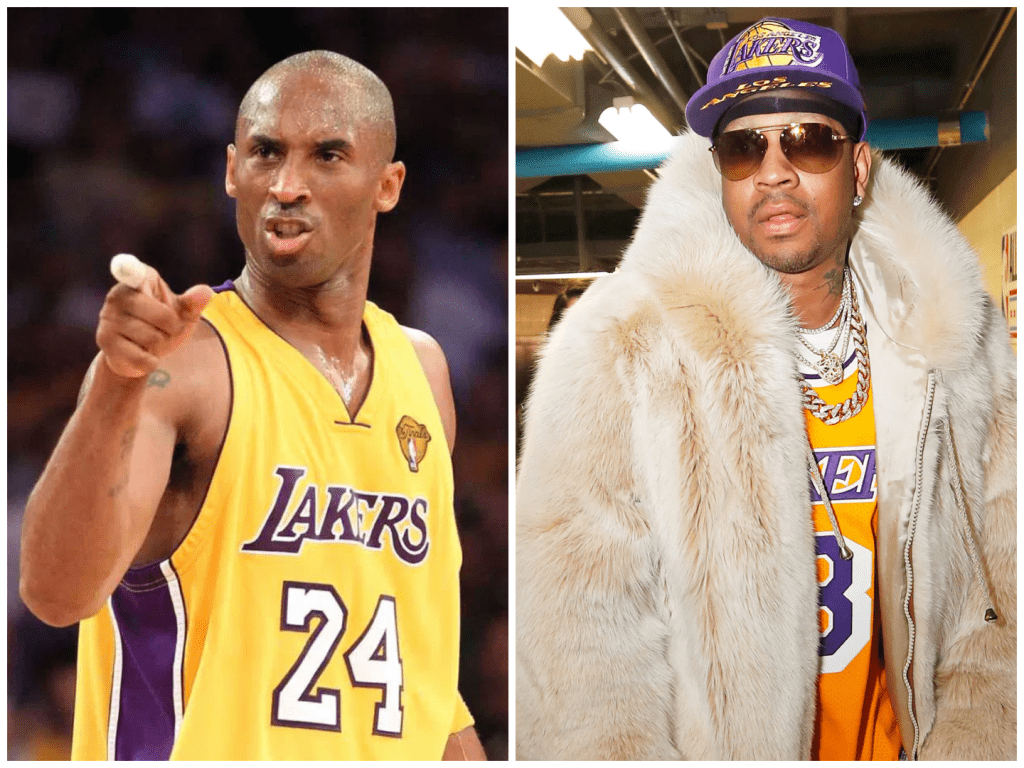
Players feel it too. The free-spirited interviews, the locker-room antics, the playful confidence—they’re there, but feeling the invisible weight of branding. When Kyrie Irving cracked jokes, the video cut quickly. When Russell Westbrook danced between benches, the replay was short. Performances are repackaged to be room-ready—to please sponsors, avoid backlash, align with expectations. Everything runs through filters now. It’s not wrong. But it’s organized. It’s measured. It’s not open-mic comedy; it’s formal presentation.
Still, hope flickers in small moments. Occasionally a bench dance hits TikTok unfiltered. Occasionally a child mascot goes viral. Occasionally a coach goes off-script, defender misfires in a weird way, a fan chants something off-rhythm. The soul still breathes—you just have to look harder.
Maybe we need louder voices in broadcasting. We need someone to say aloud: “That was bonkers!” Someone who grabs our attention, not smooth us into calm. Someone who grabs the mic and roars rather than whispers. The game remains thrilling. We need the external signals of thrill aligned—logos that pop, colors that clash, graphics that dance with stakes. We need packaging that feels human again.
Maybe part of the solution lies in social accounts. Some outlets push highlights with flame emojis, muck, noise. That chaos spreads fast. That’s not censorship—it’s strategy. It’s telling ESPN and TNT: “People still want raw, imperfect, unpredictable.” That’s a tiny revolution. And if enough fans click the rough highlights over the smooth streams, the NBA might take notice.
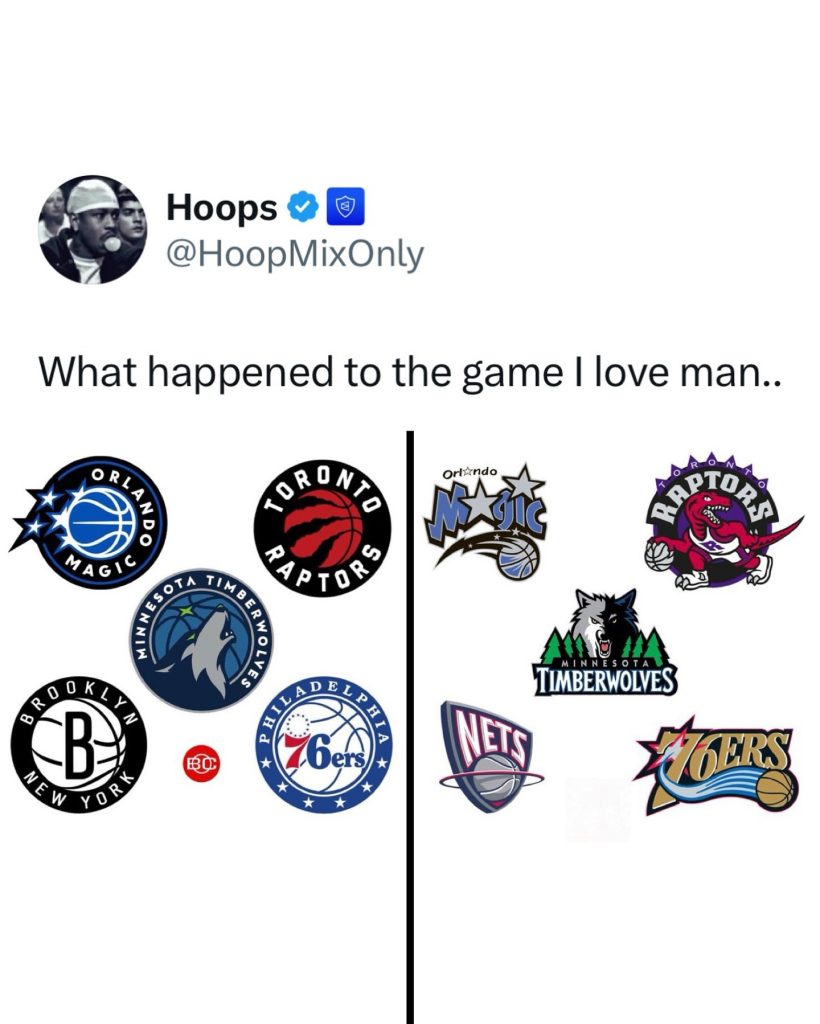
I don’t want regression. I don’t want ugliness. I want the best of both worlds. I want Kevin Durant’s smooth fadeaway, but I also want that ESPN lower-third that reads “Did he just cook on his momma’s couch?” I want the perfect arena shot, but I want the mascot to trip over his costume entrance. I want annual three-point contest, but I also want some funny bench railing worship. I want real humans, not polished ghosts.
The NBA once balanced spectacle with spirit. It felt alive because it let be itself. It let be messy, let be loose. Chaos made stars shine. Stars made us feel alive. Logos roared identity. Graphics cheered personality. And when all that aligned, even the coldest season had heart.
So I find myself whispering during games sometimes: Bring back the flavor. Let the broadcasters lean. Let the designs pop. Let the fans get goofy. Let the parade of personalities breathe. Because basketball doesn’t just live in arcane box scores or global reach—it lives in how loud we laugh, how fierce we feel, how much we believe anything could happen. That was never lost, but it’s been sheets of glass away from our view. I want to break that glass again.
Let the NBA be perfect in play—but wild in culture. Let it be big business, but small towns in suits. Let it be polished—but let it spill. Because when teams had logos you could feel, arenas felt like kingdoms, cameras caught color, that’s when we remembered why we loved it—not just because it was a game, but because it was alive. That’s the league I fell for, and maybe it’s the one I still believe we can get back.